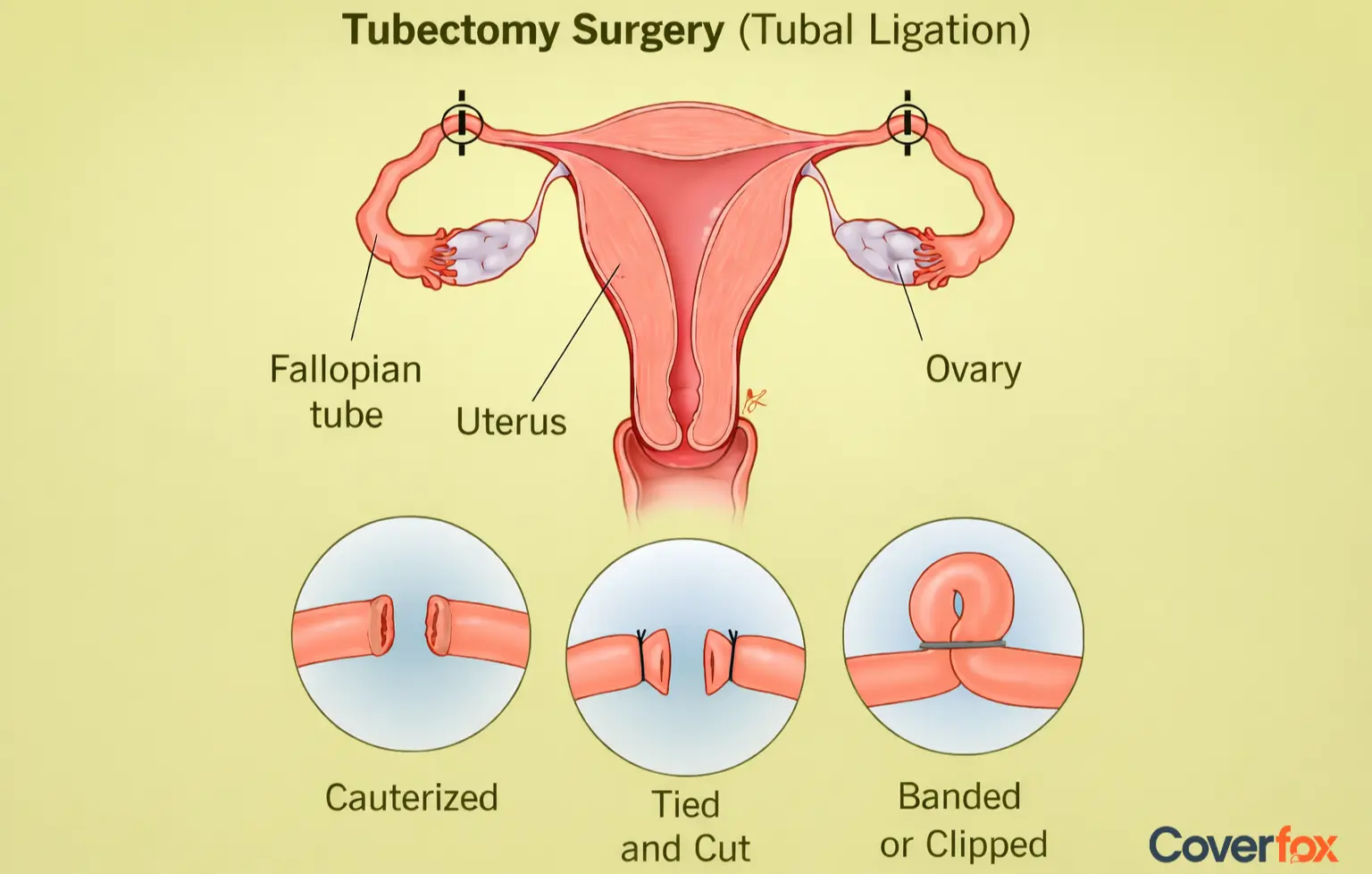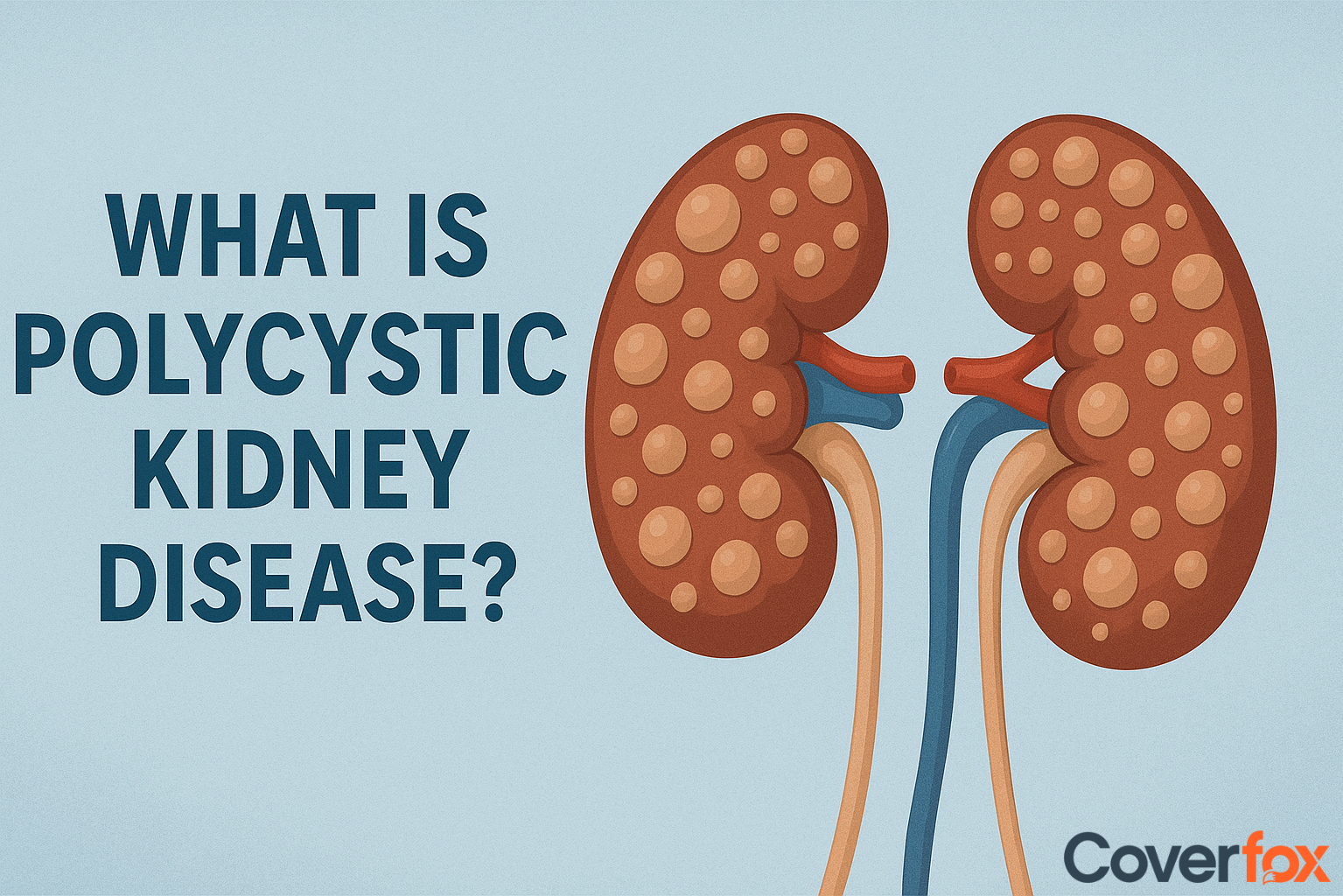Cervical cancer is one of the most common forms of cancer among women. Its fatality rate is alarmingly high, and India has witnessed millions of deaths till now due to this ailment. One of the most plausible ways to prevent such deaths is to acquire proper relevant medical guidance, therapy, and treatment.

Considering the steep inflation in the medical sector, it is best to maintain promising mealth insurance with critical illness coverage. It not only protects your health by providing easy access to quality medical facilities across the country but also protects your finances as well.
This article will highlight all the significant aspects of this dreadful illness.
What is Cervical Cancer?
Cervical cancer is a form of cancer that develops in the cervix, located at the bottom of the womb, acting as a natural pathway between the vagina and the womb. Multiple stimulants are responsible for the development of uncontrolled cell growth and mutation.
Types of Cervical Cancer
Depending on the nature of cancer under microscopic study, 3 major types of cervical cancers have been diagnosed so far:
1). Squamous Cell Carcinoma: The commonest form of cervical cancer usually develops in the ectocervical region, placed in the transformation zone, the meeting point of squamous cells of the exocervix and glandular cells of the endocervix
2). Adenocarcinomas: This type of cancer develops from the mucus-producing glandular cells of the exocervix.
3). Mixed Carcinoma or Sdenosquamous: This is a comparatively rare form of cancer-bearing signs of both squamous cell carcinoma as well as adenocarcinoma.
Stages of cervical cancer
No cancer begins at the ultimate stage. It keeps showing certain signs and symptoms, which are most often neglected, resulting in silent spread. Depending on the symptoms, cervical cancer is classified into different stages, which aids in the course of the treatment process:
Stage 0: In this stage, pre-cancerous cells begin to develop.
Stage 1: At this stage, the cancer cells spread from the top to the interiors of the cervix tissues. It may even touch the uterus and the lymph nodes.
Stage 2: During the pause, the cancer cells spread out of the cervix as well as the uterus. But the pelvic walls are still untouched by this dreaded invasion.
Stage 3: This is the ultimate stage, where the cancer spread has covered the cervix, uterus, and vagina.
Signs and Symptoms of Cervical Cancer
Every form of cancer keeps sending warning signs, but they are quite delicate in the initial stages. This is the primary reason why most people fail to understand the onset of this deadly disease. Some of the common symptoms of cervical cancer include the following:
Pain in the pelvic region
Sudden menstruation-like bleeding occurrence despite menopause
Bleeding after sexual Intercourse
Sudden occurrence of bleeding before or after the designated menstrual cycle
Recurrent blood-tinged vaginal discharges
Strong smelly vaginal discharges
At an advanced stage, the symptoms include:
Leg swelling
Kidney failure
Weight loss
Exhaustion
Painful urine passing
Loss of appetite
Joint pain and pain in bones
Causes of Cervical Cancer
Cancer, as a whole, is still a mystery for humankind. Cervical cancer is also no exception. However, after careful research and consideration, doctors have deciphered some probably responsible factors that contribute towards the development of cervical cancer. Some of these causes include:
HPV Infection: This stands for Human Papillomavirus infection, which is an STD. However, despite there being over 100 variants of this virus, only 13 of them have been confirmed to be responsible for causing cancer.
Early-age Sexual Activity: Although it is a bit shady, researchers have been able to draw a connection between being sexually active from an early age and cervical cancer.
Several Sex Partners: Women with several sex partners are prone to acquire cervical cancer in the future. This may happen due to STD transmission like HPV.
Birth Control Medication: The recurrent usage of birth control pills slightly enhances the risk of developing cervical cancer in future.
Smoking: Smoking has no benefits and has been held responsible for causing several other forms of cancer including cervical cancer.
Weak Immunity: People suffering from HIV or Human Immunodeficiency Virus possess a naturally weak immune system. This makes them all the more vulnerable to developing any ailment, eventually resulting in cervical cancer.
Diagnosis
The diagnosis of cervical cancer includes:
PAP Smear Test: This is a standard procedure of cervical examination, where cervix edge cells are removed for microscopic study to reveal anything out of place.
Colposcopy: A special microscope called a colposcope is used to determine anything other than ordinary. LEEP: An electrified loop of wire is used for electrosurgical excision of cervix tissues.
Treatment
Depending on the stage of cancer, the method of treatment is decided:
Biopsy: This is possible only at the primary stage, where the doctor removes low-grade lesions.
Laser Ablation: Laser beams are used to remove unhealthy cells from cervix tissues to be replaced by healthy ones.
Cryocautery: A special frozen steel instrument is used to freeze unhealthy cells and replace them with healthy ones.
Hysterectomy: This is a very serious surgical option where the uterus is entirely removed.
Radiotherapy: Here, high-energy powerful rays are used to destroy the cancer cells.
Chemotherapy: Here strong medications are used to kill harmful cancer cells.
Immunotherapy: This trick strengthens the existing immune system of the affected body to fight the ailment naturally.
Importance of Health Insurance in Cervical Cancer
From the above discussion, it is evident that cancer treatment is complicated and is a matter of time. You need to remain under constant medical care and supervision to keep the situation under control. A competent health insurance plan will aid you in this journey.
Some of the most significant benefits of having health insurance are:
Easy accessibility to quality medical facilities
Hospitalisation cost coverage including pre- and post-hospitalisation coverage
Treatment cost coverage
Medicine cost coverage
Ambulance charges
Cashless treatment facilities throughout the country
Wide network of hospitals across the country
Conclusion
We have aptly highlighted all the significant aspects of cervical cancer in a capsule and the importance of having competent health insurance with critical illness coverage will aid you during such tough times.





